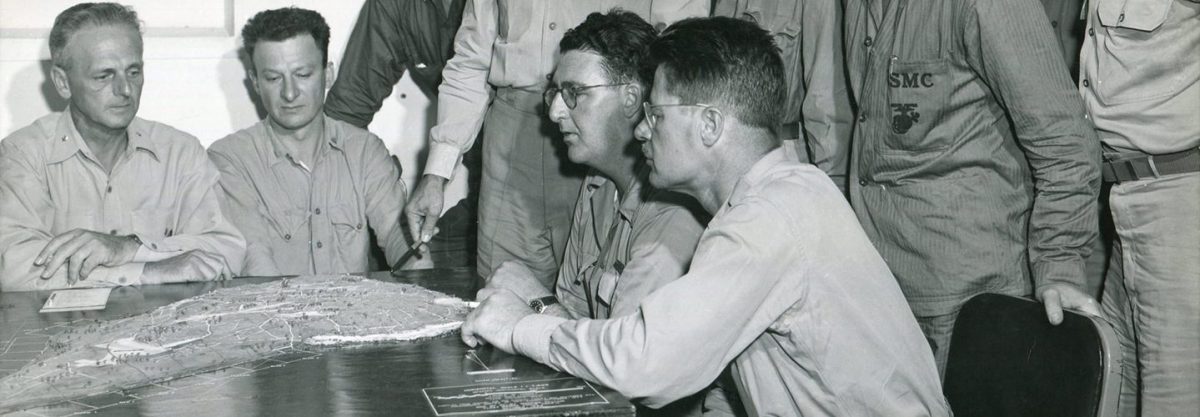On the morning of November 20, 1943, elements of the Second Marine Division boarded tracked landing vehicles (amtracs) and headed for the beaches of Betio, a part of the Tarawa Atoll. The Marines wanted to clear the island of Japanese forces and get their airfield. It took 76 hours to capture the two-mile-long island, but they paid a terrible price. Correspondent Robert Sherrod, a 34-year-old Georgia native was covering the operation for Time magazine. He wrote it was the only battle “which I ever thought we were going to lose.” When he returned, Sherrod wanted to impress on the American public the cruel and inescapable facts that “no amount of bombing and shelling could prevent the necessity of sending in foot soldiers to finish a job,” writes Smithsonian Magazine. His educational efforts included influencing President Franklin D. Roosevelt’s decision to release photographs and film footage taken in Beito. Norman T. Hatch and his assistant, Bill “Kelly” Kelleher had captured intense footage of the action. They were the first and only cameramen during the Pacific War to film Japanese troops and Marines together in combat. Roosevelt had been inclined to release the film and images but wanted Sherrod’s opinion, since they were “pretty gory.” Sherrod believed the time had come for the public to know what combat was really like. He agreed with the president that the pictures were gruesome, but said: “That’s the way the war is out there, and I think the people are going to have to get used to that idea.” Roosevelt approved releasing the Tarawa images and film. Throughout his career, Sherrod continued to try to bridge the gulf of understanding between U.S. citizens and the battlefield.
Thanks for reading InsideHook. Sign up for our daily newsletter and be in the know.


















